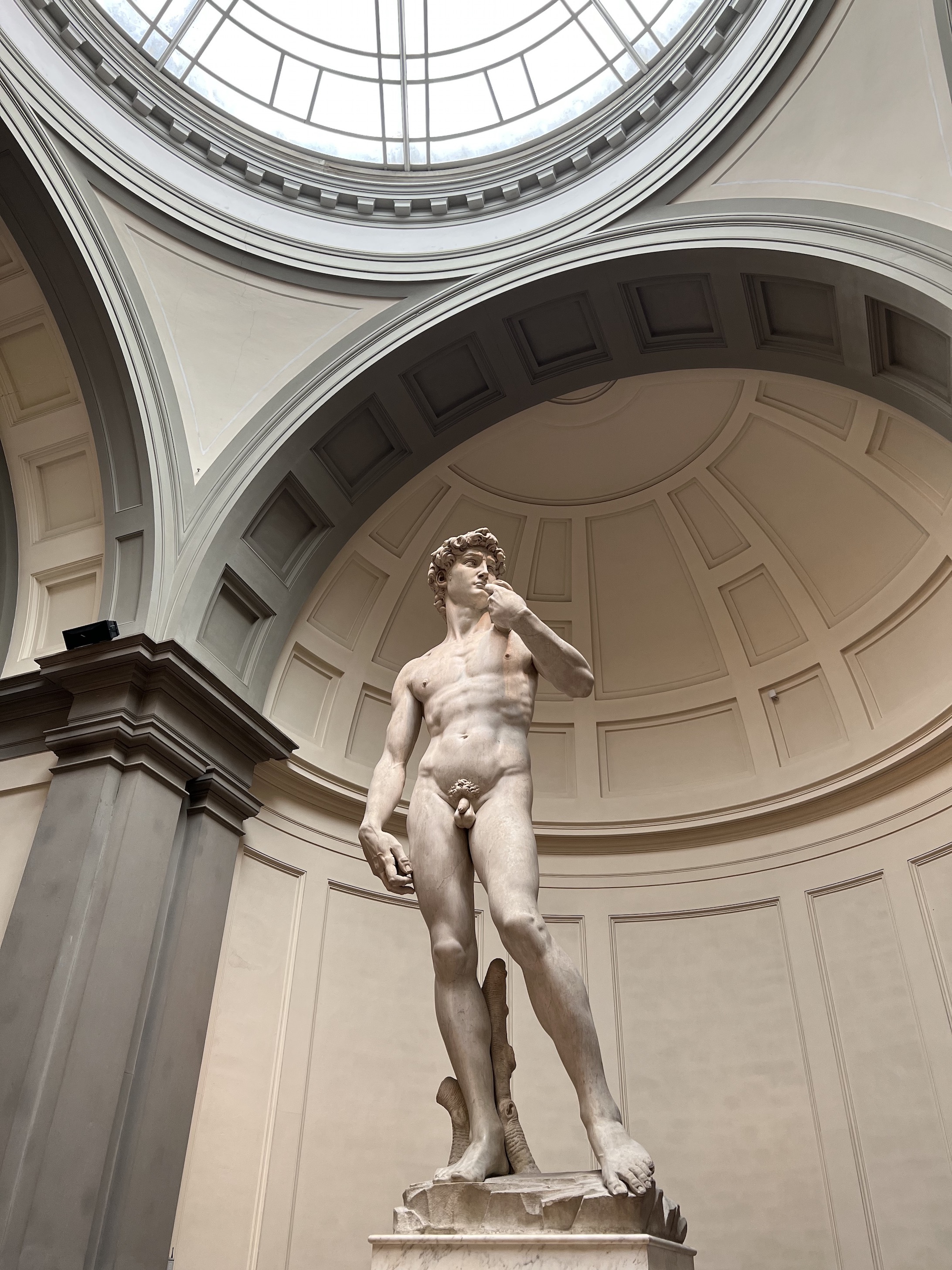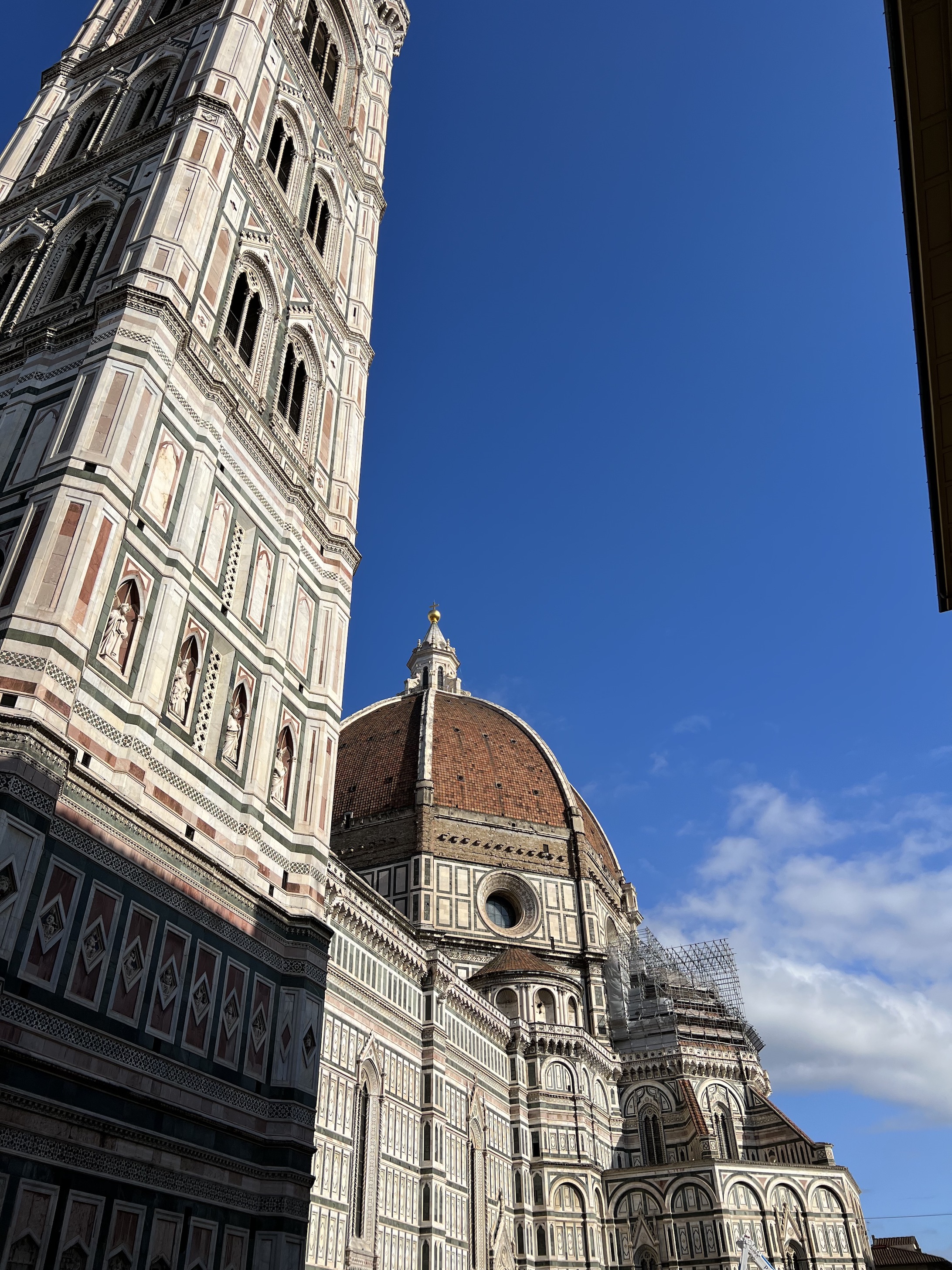Buongiorno!
Today marks the first day of the Engineering Students of Saint Thomas’ expedition to the home of countless tantalizing feats of ancient and modern engineering, Italy! The Engineers have been working tirelessly throughout the Summer and Fall semesters to prepare themselves for the great trek across the pond. The Engineers will start their journey in the capital of Italy, the historic city of Rome. They will spend 11 days here, seeing the various sights of interest and documenting their observations. Notable sights include the ancient Pantheon which has stood the test of time, reaching the ripe old age of nearly 2,000 years old! The Engineers will also encounter sites such as the Roman Forum, The Sistine Chapel, and Pompeii. Nothing excites engineers more than some prehistoric architecture. Then, the Engineers will embark to Florence to stay for the remainder of the trip. Here, they will experience some of the more modern marvels of engineering. Visiting Milan, skyscrapers, and even a Pagani supercar factory. When the Engineers aren’t carefully studying these historic artifacts, many will be immersing themselves in the rich Italian culture. Enjoying the art of Italian cuisine as well as exploring some of the inspiring art galleries and churches are just some examples of the activities waiting in Italy.
From the looks of it, the future Romans are chomping at the bit to practice their flattering Italian accent. See you in Rome!
~Joe and Erik



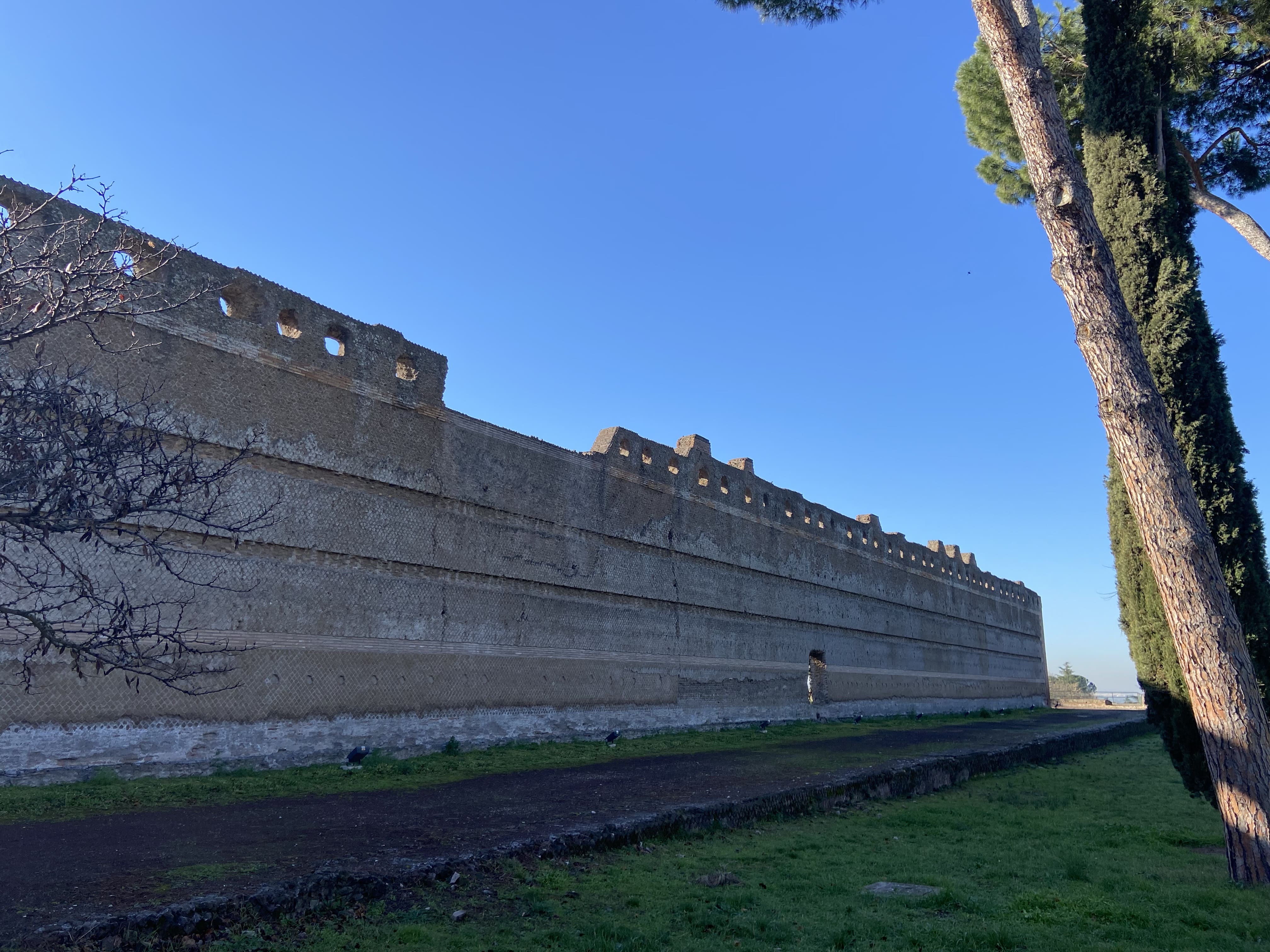

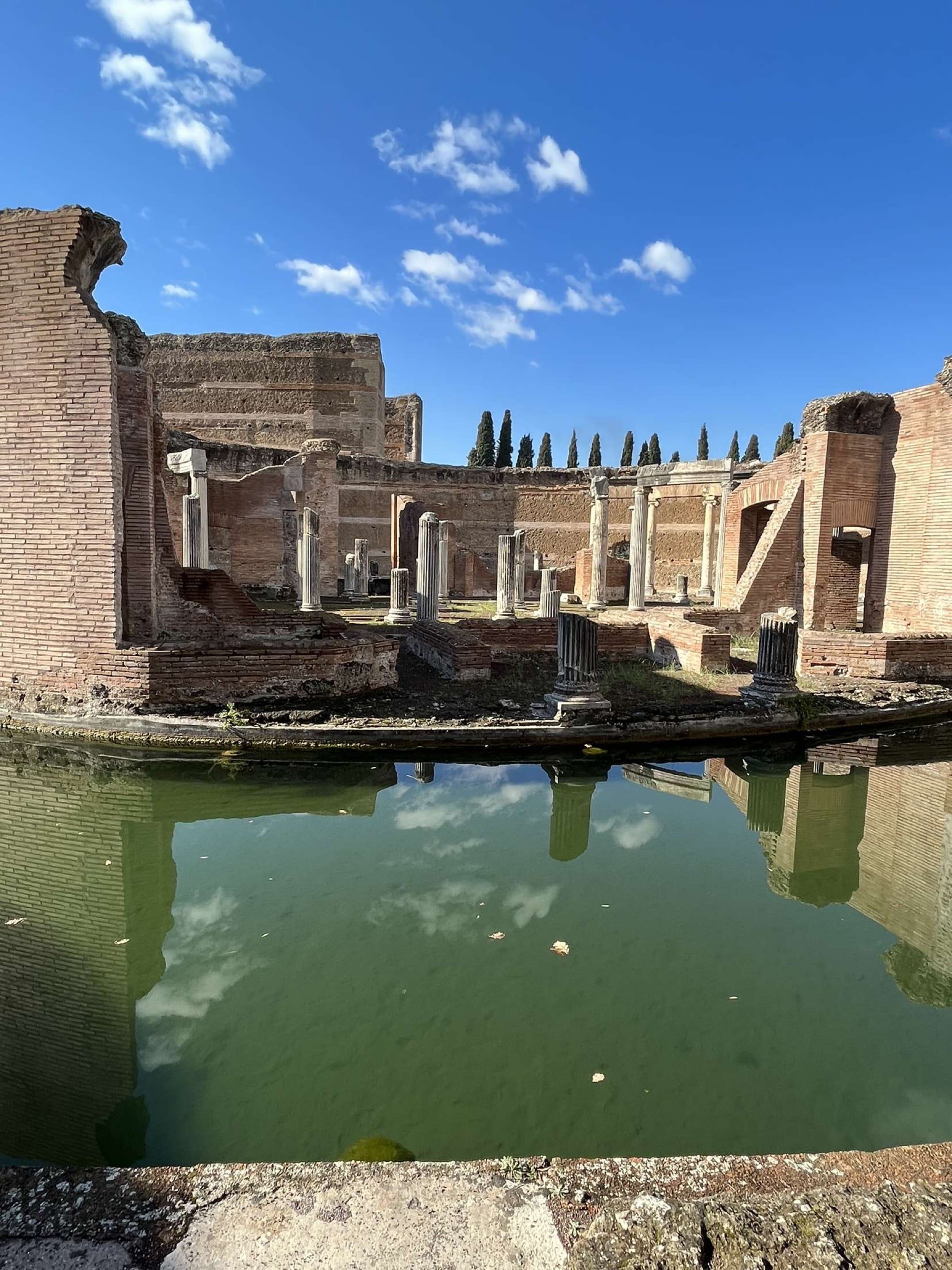



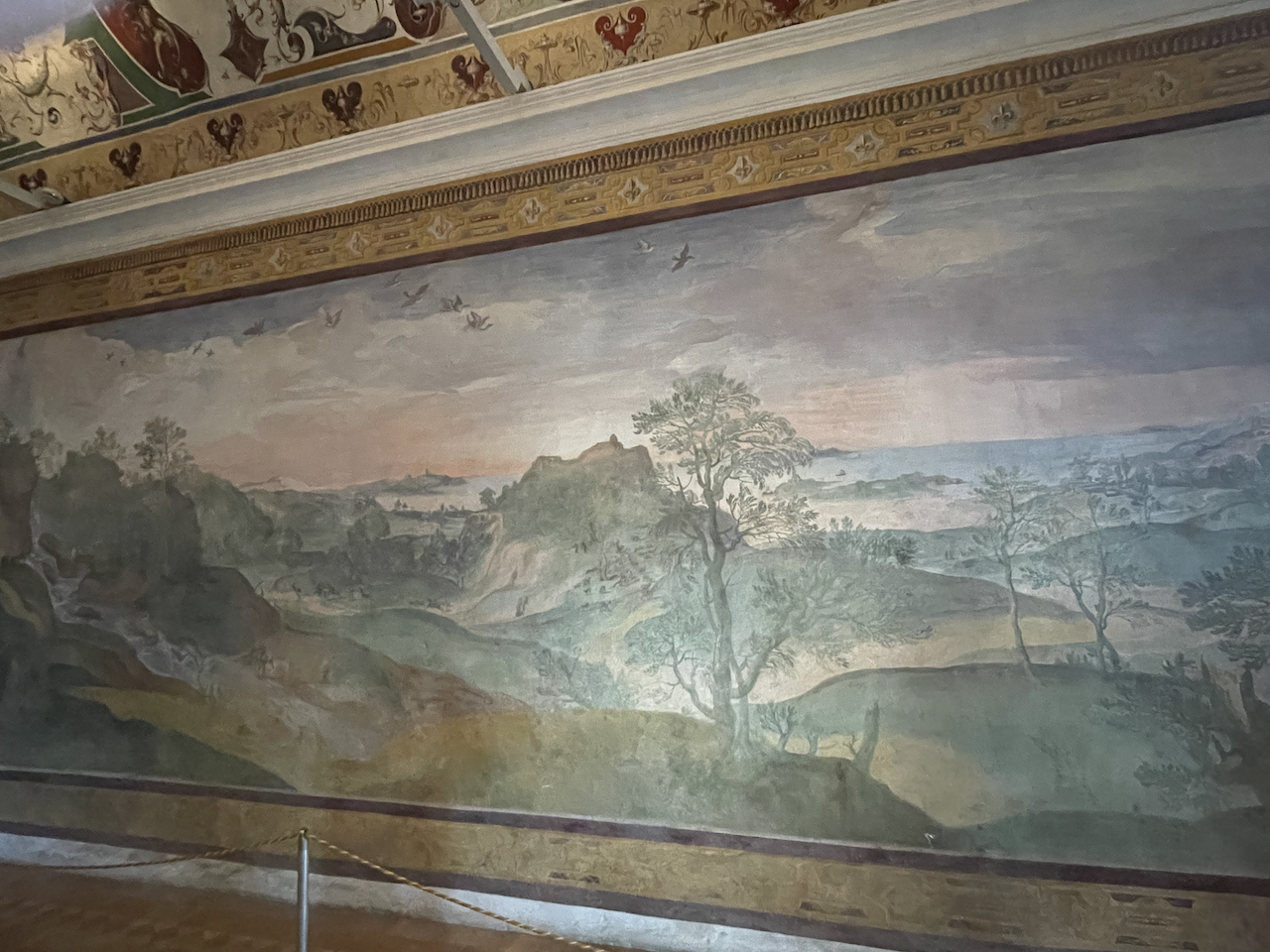


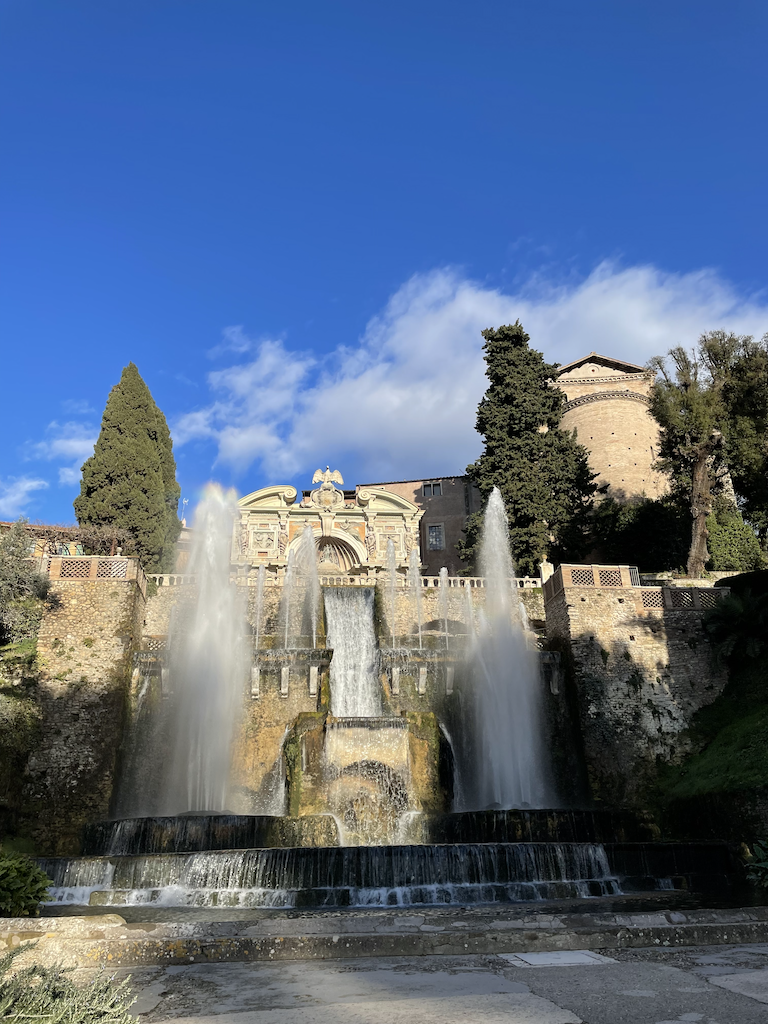

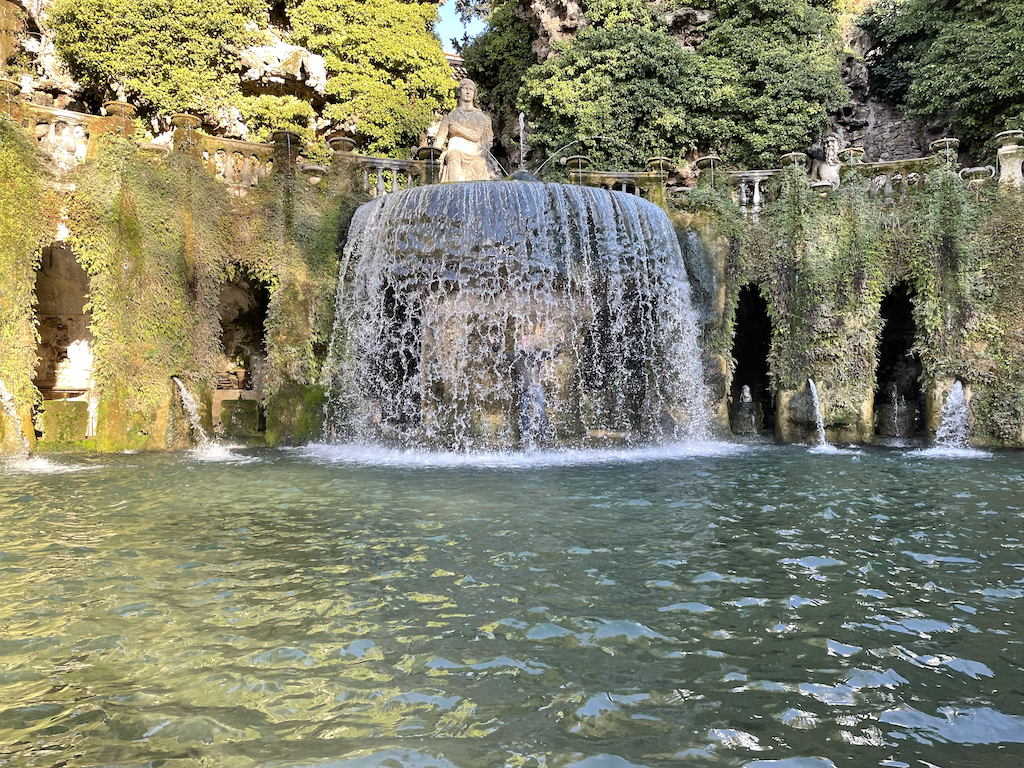

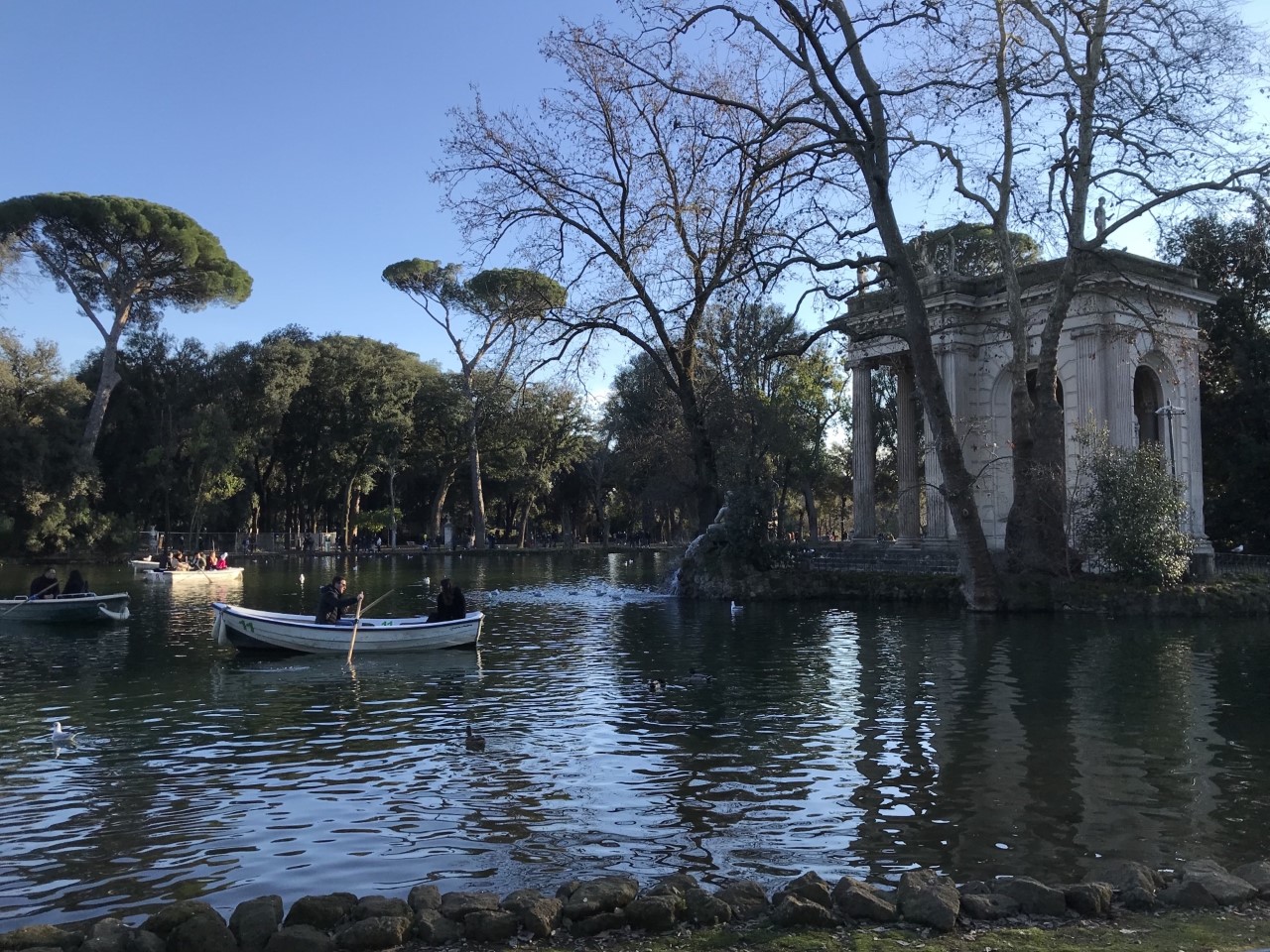


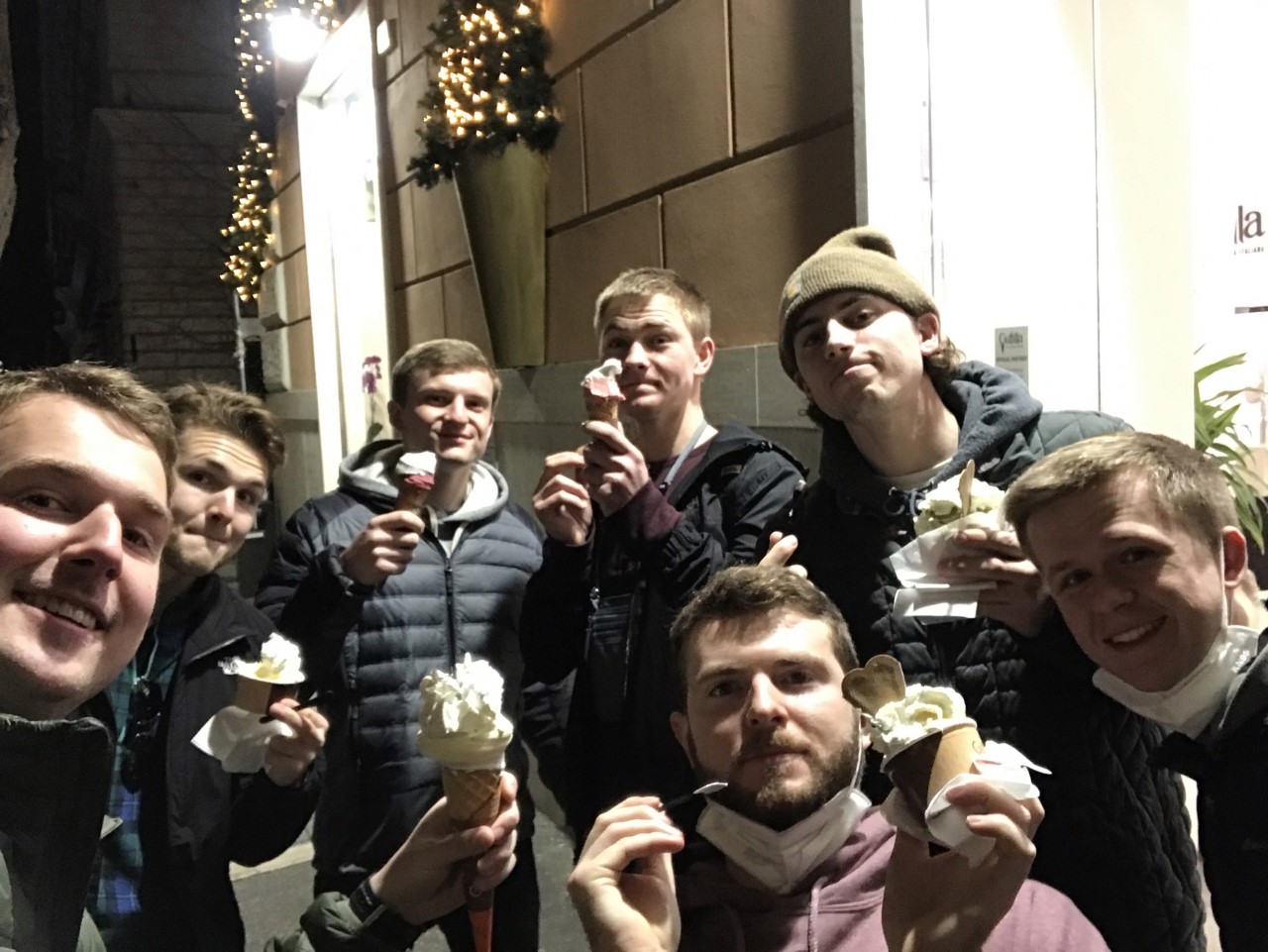
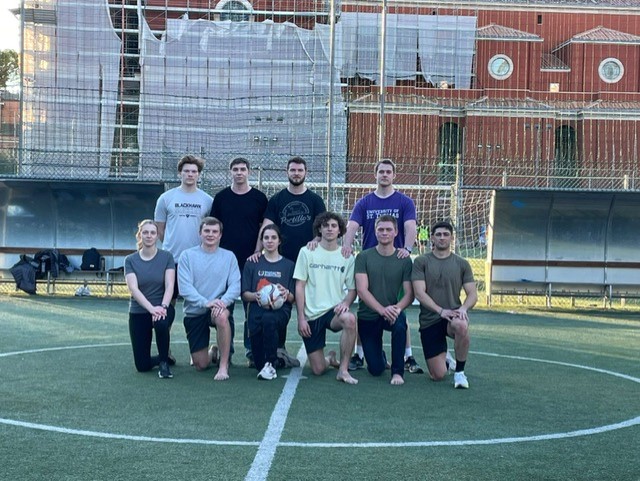





 +
+